kalyanjewellers
Antique Jewellery Designs - The Latest
Le 21/10/2019
Our fascination with jewellery, dates back to the Indus valley civilization. India is a grand old nation that has seen the rise and fall of countless empires, and with them, the rise and fall of umpteen cultures and traditions. We have a glorious past of exceptional craftsmanship, ages when our incredible artisans have together sculpted what could probably be the most recherché jewellery collection in the world. Even as technology and machines have replaced craftsmanship today, a few craftsmen did survive to pass on our invaluable tradition and techniques of jewellery making to newer generations. Today, antique jewellery designs are the royal remains of our sensational past. Let us take a look into these stunning treasures conceived by the most brilliant artisans of bygone eras that have gracefully stood the test of time.
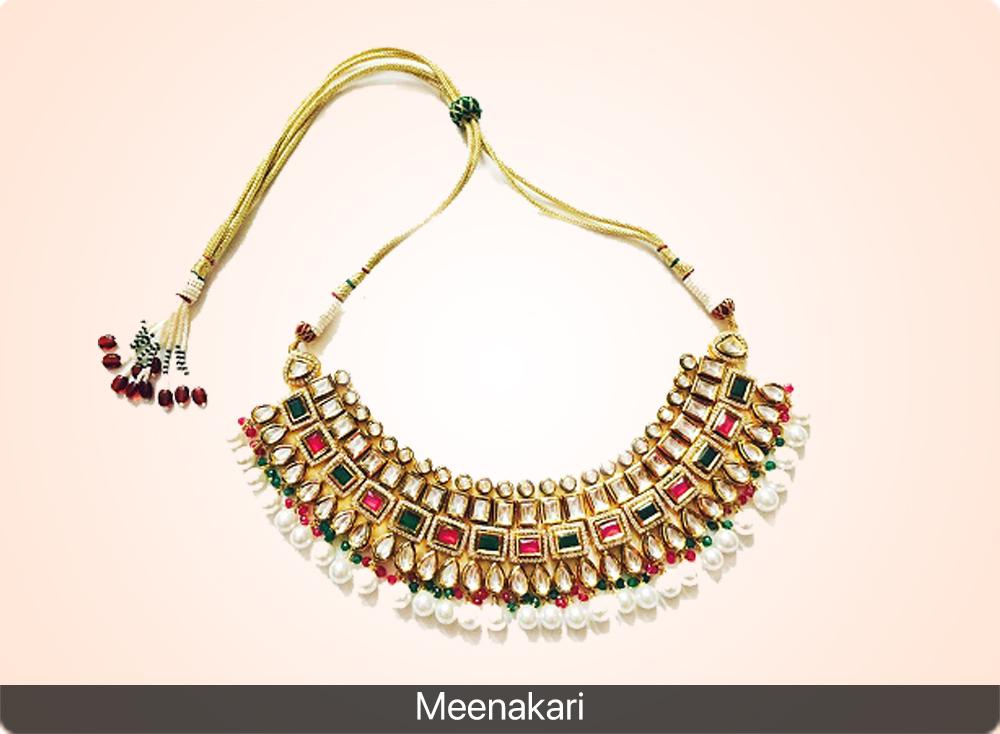
It is first designed by the naquash, who is the first in line. After it is designed, it is then passed to the sonar, who is the goldsmith. From the goldsmith, it is then passed to the engraver, kalamkar, who engraves patterns and designs as designed by the naquash. After the engraving is done, it then goes to the meenakar, who is the enamalist. After the meenakar adds colour, it is then passed to ghotnawala, the polisher, and then to jadia, the stone-setter when there are any stones to be added to the jewellery. When all these stages are done, the jewellery is then handed over to patua, the stringer, to apply any final touches. Like in the old times, traditional Meenakari goes through these same processes even today, and is one of the most esoteric arts of all times.
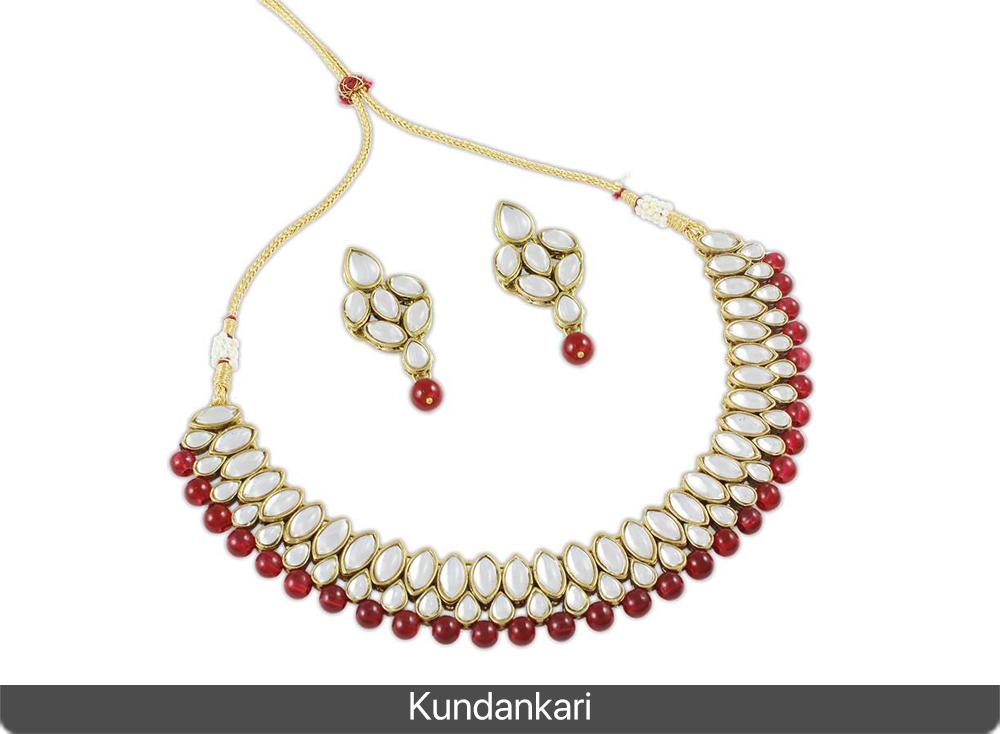
Kundan jewellery may also feature meenakari designs on the metal base along with its signature embedded precious stones. Kundan has dominated the Indian market for a long time, owing to its antique charm and ethereal dazzle. Centuries after its origin, Kundankari still remains to be a royal treasure
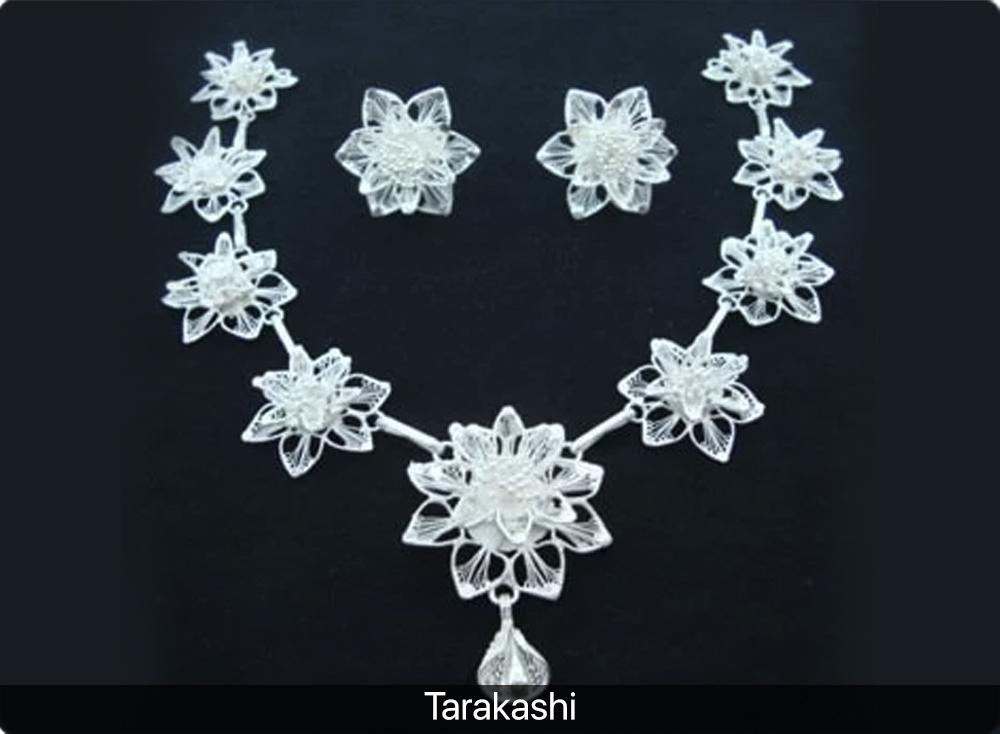
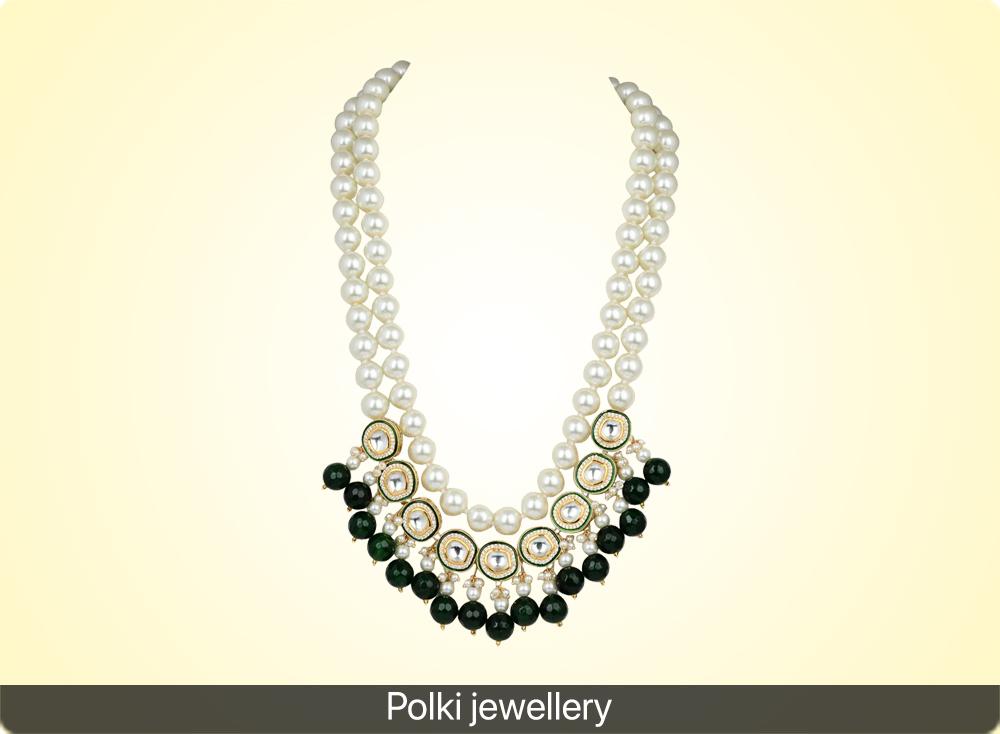
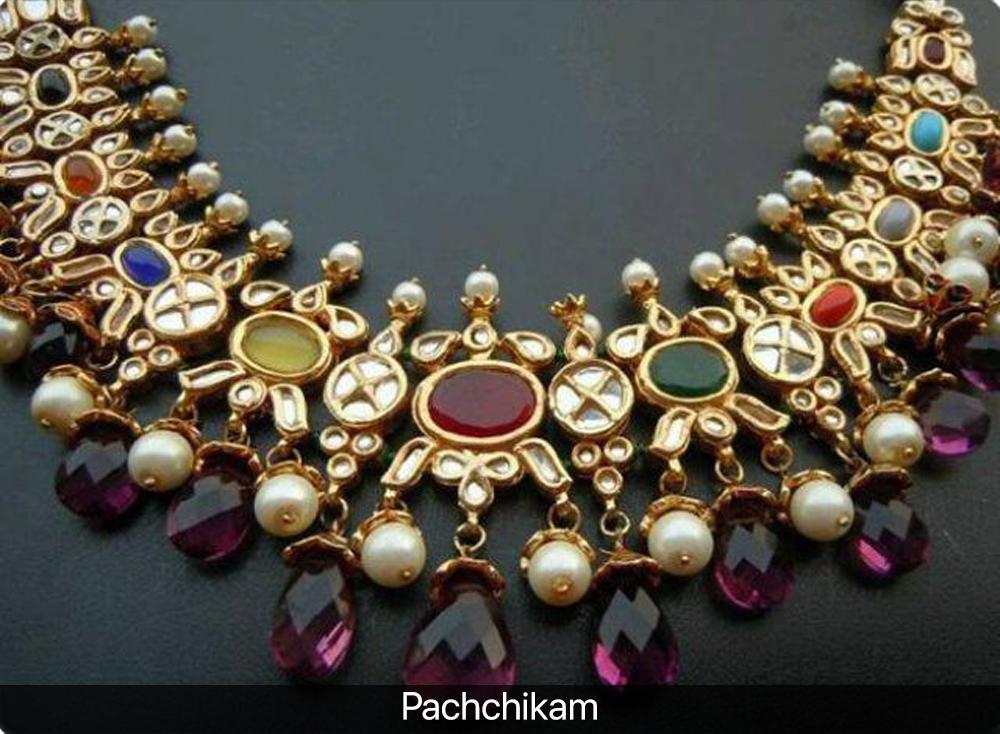
Most of its charm comes from this unfinished look and crude antique-style beauty. Pachchikam jewellery is usually heavy, but still has a place in the wish list of every young jewellery lover.
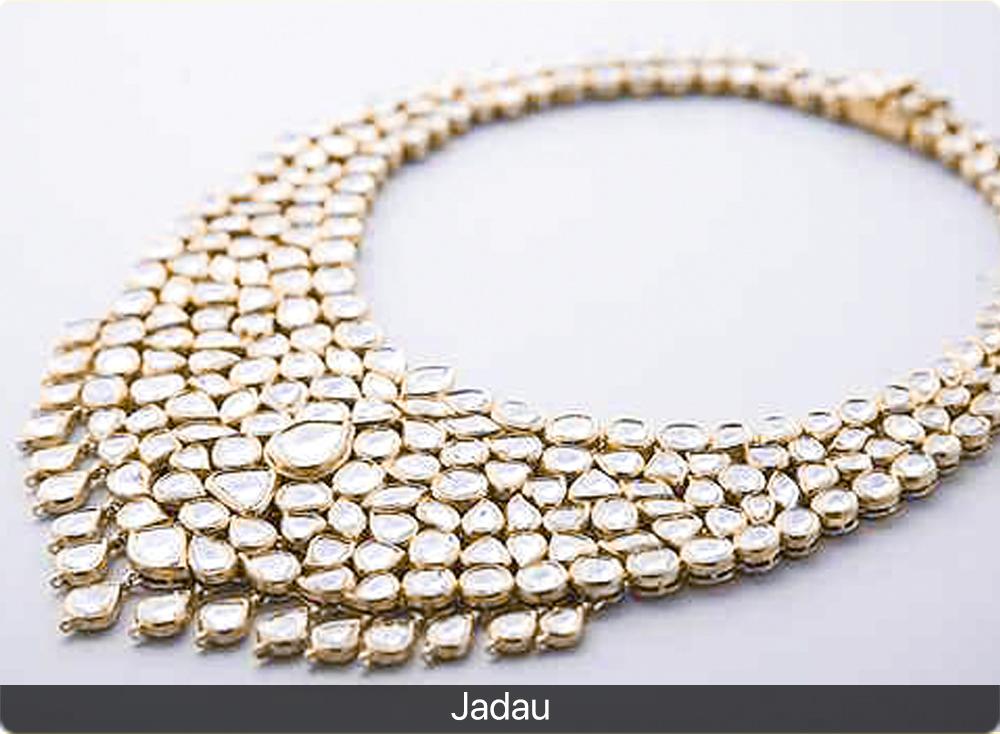
 Commentaires textes : Écrire
Commentaires textes : Écrire

